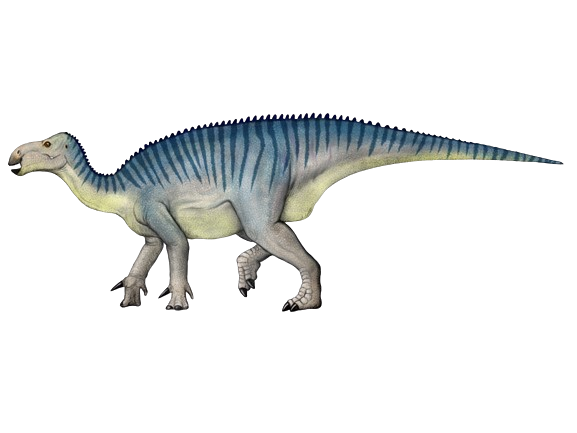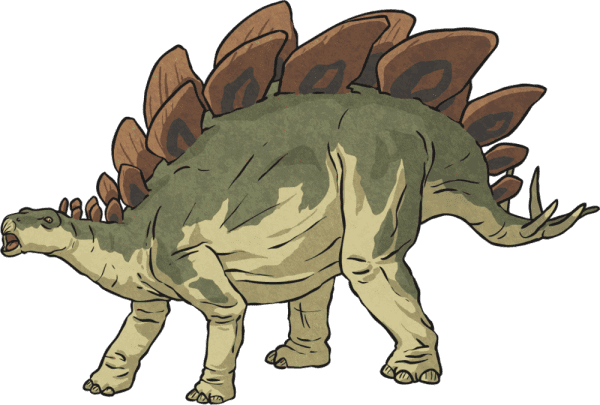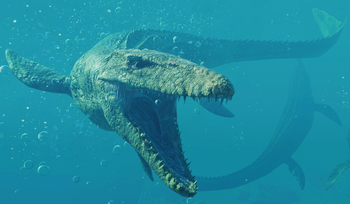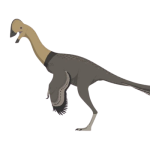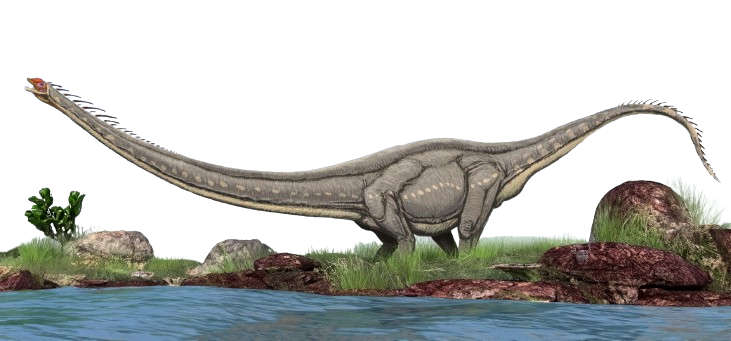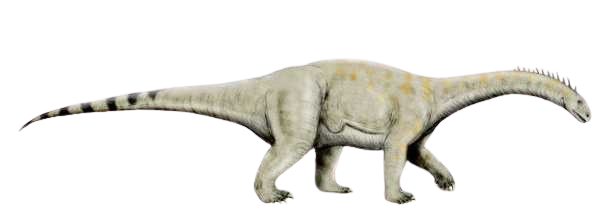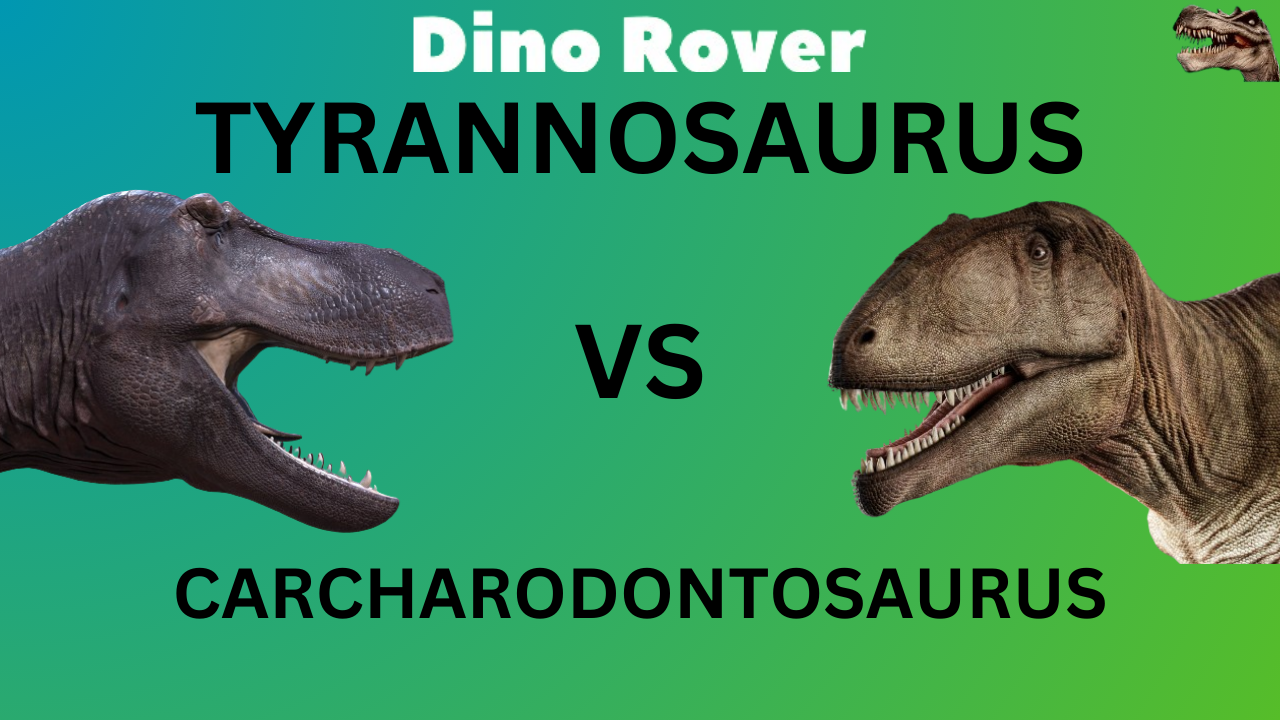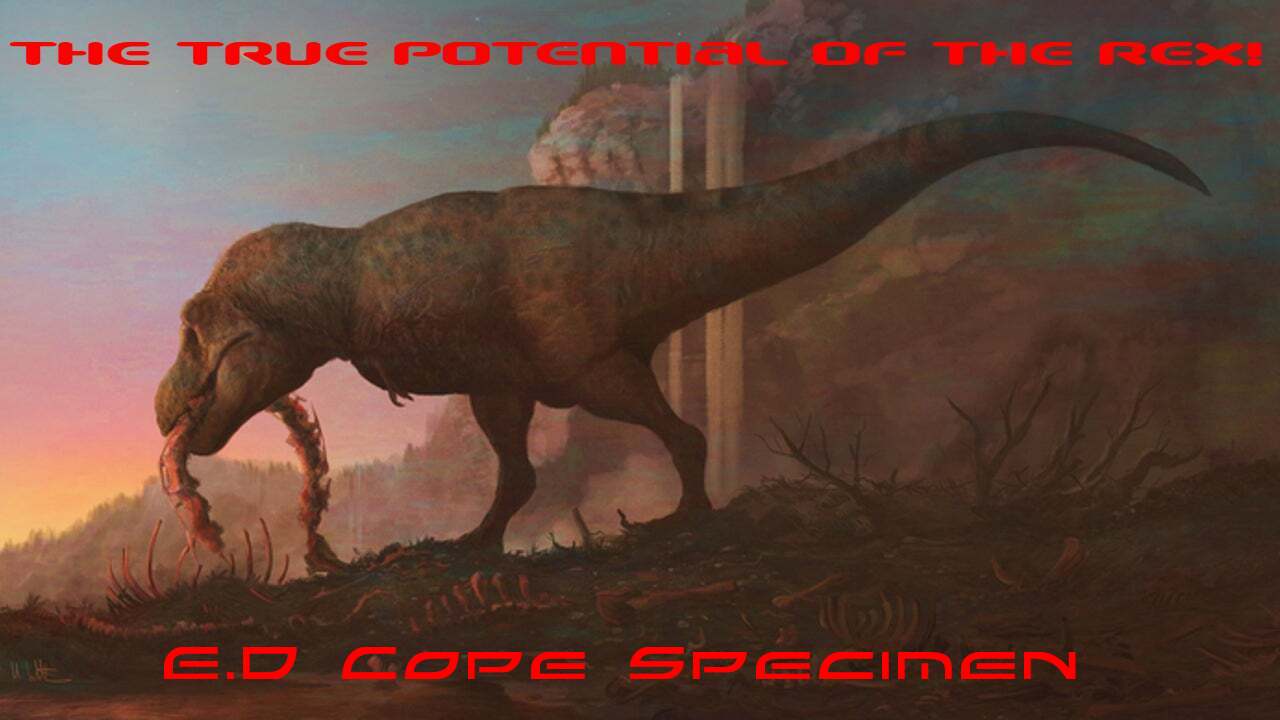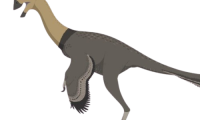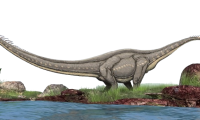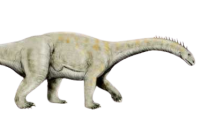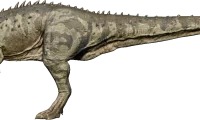In the historical landscape of paleontology, a significant chapter unfolds in the early 19th century when our understanding of dinosaurs was in its infancy. The discovery of an elephant-sized herbivore marked a pivotal moment, especially considering that at the time, scientists were just beginning to comprehend the existence of creatures larger than contemporary elephants.
The year 1822 holds a special place in the annals of paleontological history, attributed to the English geologist Gideon Mantel. It was during this time that Mantel stumbled upon fossilized teeth, intriguing specimens that hinted at the existence of a colossal reptile. Curiously, the creature bore a resemblance to an oversized Iguana, lending itself to the nomenclature ‘Iguanodon’. This discovery, coupled with Mantel’s subsequent insights, led to the official naming of the dinosaur in 1825, solidifying its place as one of the first dinosaurs to be formally identified.
In the intricate dance of prehistoric ecosystems, Iguanodons were not immune to the perils of predation. Their presence on the menu was acknowledged by formidable predators such as the Baryonyx, Yutyrannus, and Utahraptor. In a world where survival hinged on adaptation, the Iguanodon’s primary line of defense was a formidable thumb spike, akin to a steak knife in sharpness. Despite the potency of this unique adaptation, it was likely that the Iguanodon found itself inadequately armed against the relentless pursuit of its adversaries.
Considering the harsh realities of this ancient ecosystem, the Iguanodon’s struggle for survival was a complex narrative. Its evolutionary journey intersected with challenges posed by predators armed with evolutionary advantages of their own. The Iguanodon’s defensive arsenal, although distinctive, highlights the intricate dynamics of predator-prey relationships during a time when the terrestrial realm was ruled by colossal reptilian inhabitants.
As paleontologists delve deeper into the fossil record, the story of the Iguanodon continues to unfold. Each discovery adds a layer of nuance to our understanding of this early dinosaur and the intricate web of life that characterized the Mesozoic era. In exploring the remnants of this bygone epoch, scientists navigate a journey through time, unraveling the mysteries of a creature that stood witness to a world in perpetual transformation.
.


